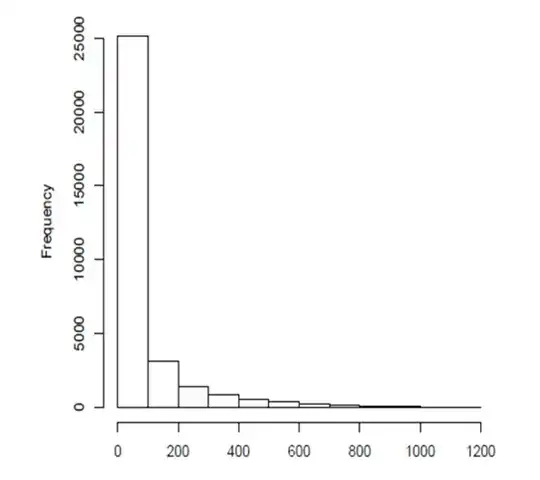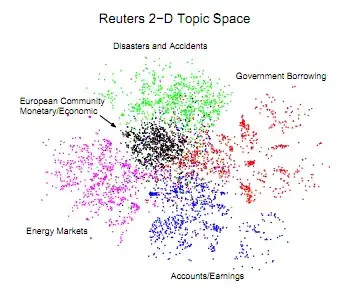I think I need to use a Poisson-family regression or negative binomial regression. My variables are as follows: Y is an integer value ranging from 0 to ~1200. It represents sums (number of species summed over an areal unit). There are in fact many zeroes but no negative values. X1 is a categorical variable, x2 is continuous (which also contains a few zeroes) and X3 is categorical. All are positive values. Variance of Y is larger than the mean.
Y X1 x2 X3
Min. : 0.00 01:29551 Min. : 0.000 2009 : 2474
1st Qu.: 5.00 02:72289 1st Qu.: 7.646 2010:28484
Median : 23.00 Median :13.000 2011: 882
Mean : 77.21 Mean :12.634
3rd Qu.: 80.00 3rd Qu.:17.000
Max. :1155.00 Max. :30.000

Y is negatively skewed (i.e., skewed to the left). Histograms of residuals from a basic linear model (lm) and a QQ plot indicates the results are also skewed. The residuals plotted against fitted values also indicate that a linear model may not be appropriate because more points are above the line than below (across all values of x). Is it correct to use GLM with a poisson distribution with log link in this case?
Mydata.poisson <- glm(Y~X1 +x2 + X3 +x2:X3, family=poisson, data=mydata)
Or more specifically, should I use the quasi-poisson? (in the regular poisson, my df was “31839 Total (i.e. Null); 31833 Residual”, Null Deviance was 1085000 and Residual deviance was 1079000). Also I believe this would be a case where I need to use a zero-inflated model? I am confused as to how to set this kind of model up. I read that a negative binomial distribution is similar to a poisson distribution, and better to use when the variance of your Y is greater than its mean, but isn't a binomial regression used when your response is binary?
EDIT: I have used the following negative binomial model:
Mydata.nb <- glm.nb(Y~X1 +x2 + X3 +x2:X3, data=mydata)
I understand that one should still check the residuals to see if the assumption of linearity holds (e.g., see discussion here: What are the assumptions of negative binomial regression?). A plot of the standardized residuals is included below and suggests that perhaps the relationship is not very linear. Would you agree? How can I resolve this?
